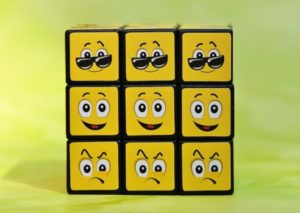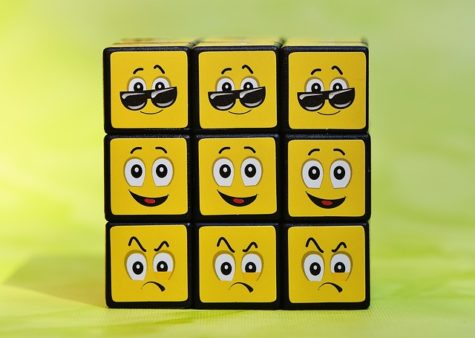BINGHAMTON, N. Y. — Sorry, grammar Nazis: irregular punctuation, emojis, and other writing “sins” that would make previous generations shudder actually serve a linguistic purpose, a new study finds.
Researchers at Binghampton University, State University of New York conducted a handful of related studies, examining how “textisms” — anything from a smiley face to excessive punctuation — could affect the intent and interpretation of a digital message.

One finding was that the meaning of single-word texts (e.g., saying “yeah”) in response to a question greatly hinged on whether a period was included after the reply.
Namely, messages that were followed by a period were seen to be less sincere, regardless of whether the lone word indicated an affirmative (e.g., “yes), negative (e.g., “no”), or neutral (e.g., maybe) response.
Lead researcher Celia Klin believes that textisms serve as a replacement for a variety of cues typically found in face-to-face interaction, such as facial expression and tone of voice.
“In a spoken conversation, the cues aren’t simply add-ons to our words; they convey critical information,” she emphasizes in a university news release. “A facial expression or a rise in the pitch of our voices can entirely change the meaning of our words.”
Now is an critical time to study this nascent form of communication, she adds, as it is evolving by the hour.
“The findings indicate that our understanding of written language varies across contexts,” Klin concludes. “We read text messages in a slightly different way than we read a novel or an essay. Further, all the elements of our texts— the punctuation we choose, the way that words are spelled, a smiley face— can change the meaning.”
Future research could conduct similar experiments into more optimal lab conditions, in which other factors, such as the relationship between two texters (e.g., them being friends or colleagues), could be examined.
The study’s findings are published in the March 2018 edition of the journal Computers in Human Behavior.
https://www.youtube.com/watch?v=oVAPrURvZKk

Thank you for the information, because everyone who wants to develop public speaking skills must put in a lot of effort to achieve professionalism. I am trying to develop myself, so I simply delegate https://www.nursingpaper.com/our-services/nursing-essay-writing-service/ part of the academic load nursing school essay. They always help to write nursing documentation with high quality.